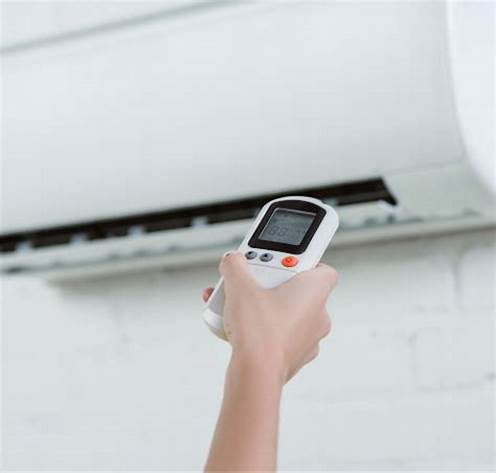
Ductless air conditioning systems, also known as mini-splits, offer an efficient and flexible cooling solution for many homes and businesses in Florida. Unlike traditional central air systems, ductless AC units do not require extensive ductwork, which can make them a convenient option for older homes or spaces that lack existing duct systems. However, understanding the cost of installing a ductless AC system is essential for making an informed decision. Here’s a breakdown of the factors that influence installation costs and what to consider before making a purchase.
Initial Equipment Costs
The cost of the ductless AC unit itself is a significant part of the overall installation expense:
- Unit Size and Capacity: The cost varies based on the size and cooling capacity needed for your space. Larger units or those with higher capacities will generally cost more.
- Number of Zones: Ductless systems are typically installed in multiple zones, with each zone requiring a separate indoor unit. More zones mean higher equipment costs.
- Brand and Features: Premium brands or models with advanced features (such as smart thermostats or energy-efficient components) can be more expensive.
Installation Labor Costs
The complexity of the installation affects labor costs, which can vary based on several factors:
- Number of Indoor Units: Installing multiple indoor units will require more labor and increase the overall cost.
- Installation Complexity: Factors such as the layout of the space, accessibility, and the need for additional modifications (like wall mounts or electrical work) can impact labor costs.
- Professional Rates: Labor rates can vary by region and the experience level of the HVAC contractor.
Additional Components and Materials
In addition to the primary equipment and labor, other costs may include:
- Refrigerant Lines and Wiring: Ductless systems require refrigerant lines and electrical wiring between the indoor and outdoor units. The length and complexity of these lines can affect the total cost.
- Mounting and Supports: Installation may require custom mounting or support structures, especially if there are unique challenges or if the units need to be mounted on walls or ceilings.
- Insulation and Sealing: Proper insulation and sealing around the installation area are crucial for optimal performance and efficiency, and may add to the cost.
Permits and Inspection Fees
Depending on local regulations and the scope of the installation, you may need to obtain permits and pay for inspections:
- Permit Costs: Some municipalities require permits for installing new HVAC systems, which can vary in cost.
- Inspection Fees: After installation, an inspection may be required to ensure the system complies with local codes and regulations.
Long-Term Costs and Savings
While the initial installation cost can be significant, ductless systems can offer long-term savings:
- Energy Efficiency: Ductless systems are known for their high energy efficiency, which can lead to lower utility bills compared to traditional central air systems.
- Reduced Maintenance: With no ductwork to clean or maintain, ductless systems generally require less maintenance.
- Longevity: Properly installed and maintained ductless systems can have a long lifespan, providing reliable cooling over many years.
Financing and Incentives
To manage the cost of installation, consider financing options and potential incentives:
- Financing Plans: Many HVAC companies offer financing options that can help spread the cost over time.
- Energy Efficiency Rebates: Check for local or federal rebates and incentives for installing energy-efficient systems, which can help offset the initial cost.
Conclusion
Installing a ductless AC system can be a cost-effective and efficient solution for cooling your home or business, particularly in areas where traditional ductwork is impractical. Understanding the various cost factors, including equipment, labor, additional components, and long-term savings, can help you make an informed decision. For the best results, work with a reputable HVAC contractor who can provide a detailed estimate and ensure a proper installation. With proper planning and investment, a ductless AC system can provide reliable cooling and energy savings for years to come.